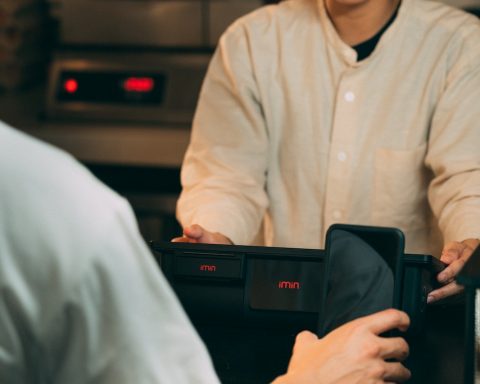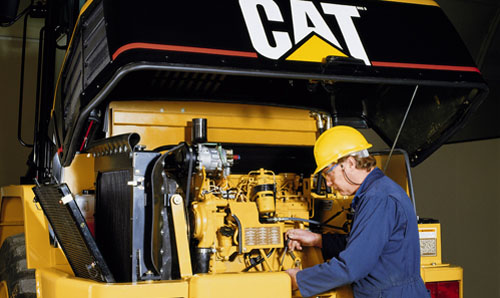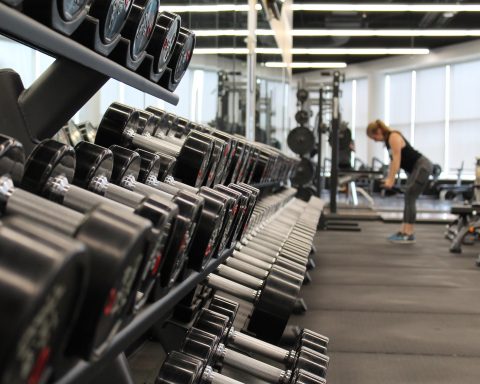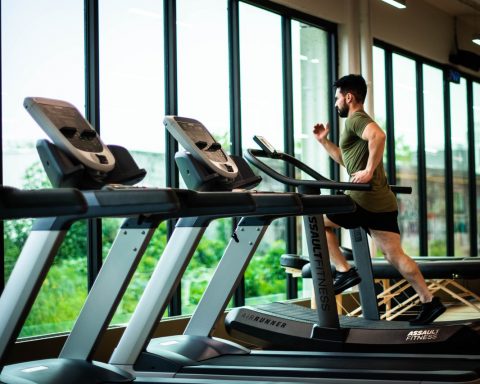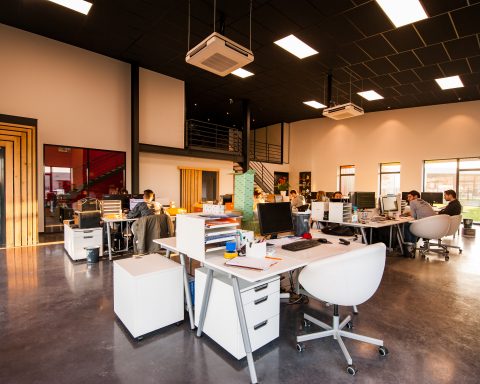Whether you’re just starting out in catering or you’ve been in the business for a good while already, you’ll undoubtedly be aware of the importance of temperature controls when it comes to serving and reheating foods. Bacteria loves nothing better than a warm environment in which it can thrive and multiply, particularly when it comes to meats such as pork and chicken, which are notorious for harbouring harmful germs.
You’ll also understand that keeping food frozen or chilled is a good way to preserve it in good condition for much longer than if it were kept at room temperature. But do you know the precise temperature ranges at which your fridges should be operating, and are you sure that your equipment is up to the job?

Know Your Legal Requirements
The Food Standards Agency has produced a helpful booklet aimed at catering startups, outlining the legal requirements, along with some pointers on good practice. Fridges must run at or below 8 degrees Celsius, but the leaflet advises lowering the temperature further down to 5 degrees to ensure that food is properly maintained.
Overloading your fridge can raise the internal temperature, so it’s important not to cram every corner with perishable goods. Putting hot or warm foods into your fridge can also have an effect on the overall temperature, so allow foods to cool to room temperature before storing them. Label containers and packaging with the date and rotate stocks so that you use the oldest items first.
There is no legal requirement to keep most drinks cold, but customers tend to enjoy cold beers, lagers, ciders and soft drinks served chilled. Instead of taking up valuable space in your main refrigerator it may be worth investing in commercial bottle coolers solely for this purpose.
Check Your Fridge Temperature
It can be all too easy to assume that if an appliance hasn’t broken down then it must be working correctly, but this is not necessarily the case. You should be alert to warning signs such as the motor running almost continuously.
According to eHow, the best way of checking that your fridge and freezer temperatures are accurate is to use either a bimetallic coil thermometer or a liquid-filled version. Relying on the thermostat of the appliance itself is a pointless exercise if you suspect that it may not be working correctly.
Never take risks with your equipment. If you suspect that there is a problem and you are not satisfied that it can be, or has been, adequately addressed then do not hesitate to purchase replacements. You can view a wide range of commercial refrigeration appliances and units online at sites such as Fridge Freezer Direct. Don’t attempt to soldier on with unsatisfactory equipment as you risk not only making your customers ill, but also legal action if it can be proven that you or your equipment were at fault.
Food safety is a hugely important aspect of any catering business, so maintain the highest possible standards, carrying out regular checks to ensure that your appliances are up to the job. It could save you thousands of pounds in the long run!


